Lemon trees with its lush foliage and yellow fruits can be a great addition to any garden. However, they are not only beautiful plants, but also very useful for your health and well-being. Growing lemon trees in pots is a great way to enjoy fresh, organic, and juicy lemons at home. You can use them for cooking, making lemonade, or adding a refreshing flavor to your water.
In this article, we’ve rounded up some tips for you to grow lemon trees in pots, which is an ideal solution for gardeners who love this citrus tree but live in a cramped apartment.
1. Choosing the Lemon Variety
When it comes to lemon trees, you’ve got options galore. Some of the best lemon varieties for pots are:
- Meyer: This is one of the most popular and versatile lemon varieties for pots. It is a hybrid between a lemon and an orange, which gives it a sweeter and less acidic flavor than other lemons. It also has a thin and smooth skin that is easy to peel.
- Lisbon: This is another excellent lemon variety for pots. It is a true lemon that has a sour and acidic flavor that is ideal for cooking and baking. It also has a thick and rough skin that is resistant to pests and diseases. It produces large fruits that are bright yellow and oval-shaped.
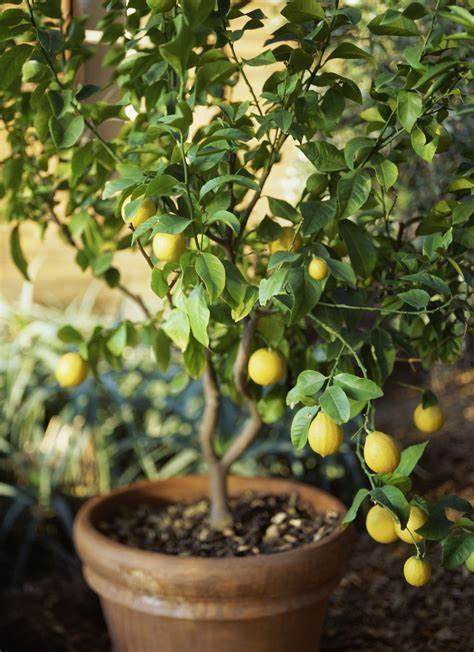
- Ponderosa: This is a unique lemon variety for pots. It is a hybrid between a lemon and a citron, which gives it a very large and juicy fruit that can weigh up to 5 pounds (2 kg). It also has a thick and bumpy skin that is yellow-green in color.
- Eureka: This is a classic lemon variety for pots. It is a true lemon that has a sour and acidic flavor that is perfect for making lemonade or adding zest to dishes. It also has a thin and smooth skin that is yellow in color.
2. Picking The Perfect Pot
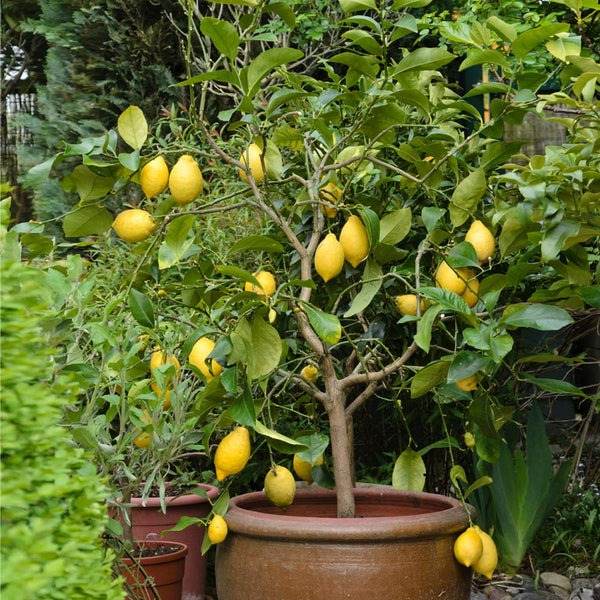
Lemon trees like some legroom, so opt for a container that’s about 12-16 inches wide and deep. Make sure it has drainage holes because lemons don’t like wet feet.
3. Planting Your Lemon Tree
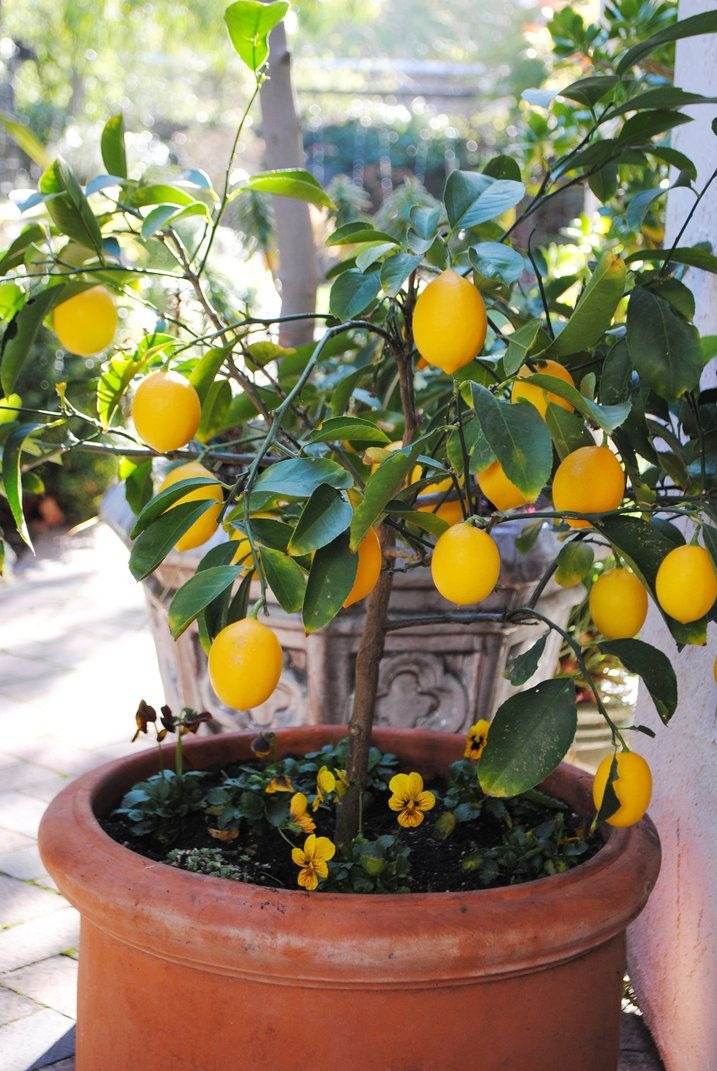
- Prep the Potting Mix: Use well-draining potting mix with a dash of perlite or sand for added drainage.
- Planting Depth: Place your lemon tree in the pot at the same depth it was in its original container. This ensures that the graft union (where the lemon tree is joined to the rootstock) is above the soil line.
- Fill Up: Fill the pot with potting mix around the tree, pat it down gently, and give it a good drink.
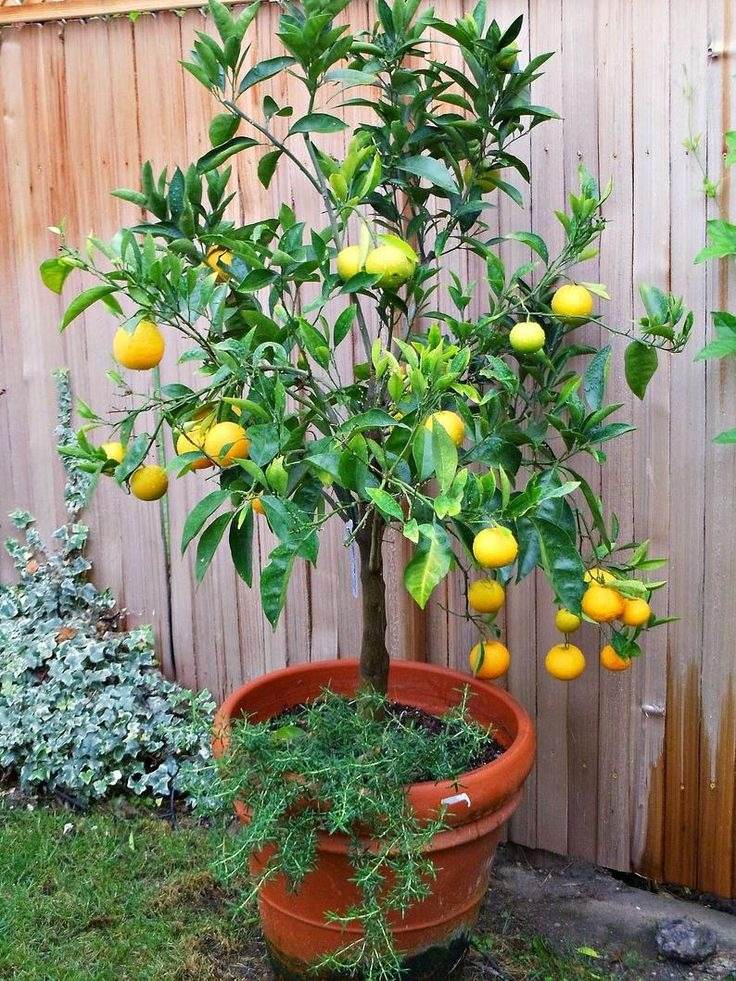
4. Taking Care Of Your Lemon Tree
Lemon trees like their soil consistently moist but not waterlogged. Stick your finger about an inch into the soil, if it feels dry, it’s time to water. Lemon trees also require a significant amount of humidity. The most effective method to achieve this is by placing a tray of pebbles filled with water near your plant, or alternatively, you can mist your plants on a daily basis.
Lemons are also sun lovers, so give them a prime spot with at least 8-12 hours of direct sunlight daily.
Feed your lemon tree with a balanced, slow-release fertilizer during the growing season (spring to early fall). Follow the instructions on the fertilizer package and don’t overdo it.
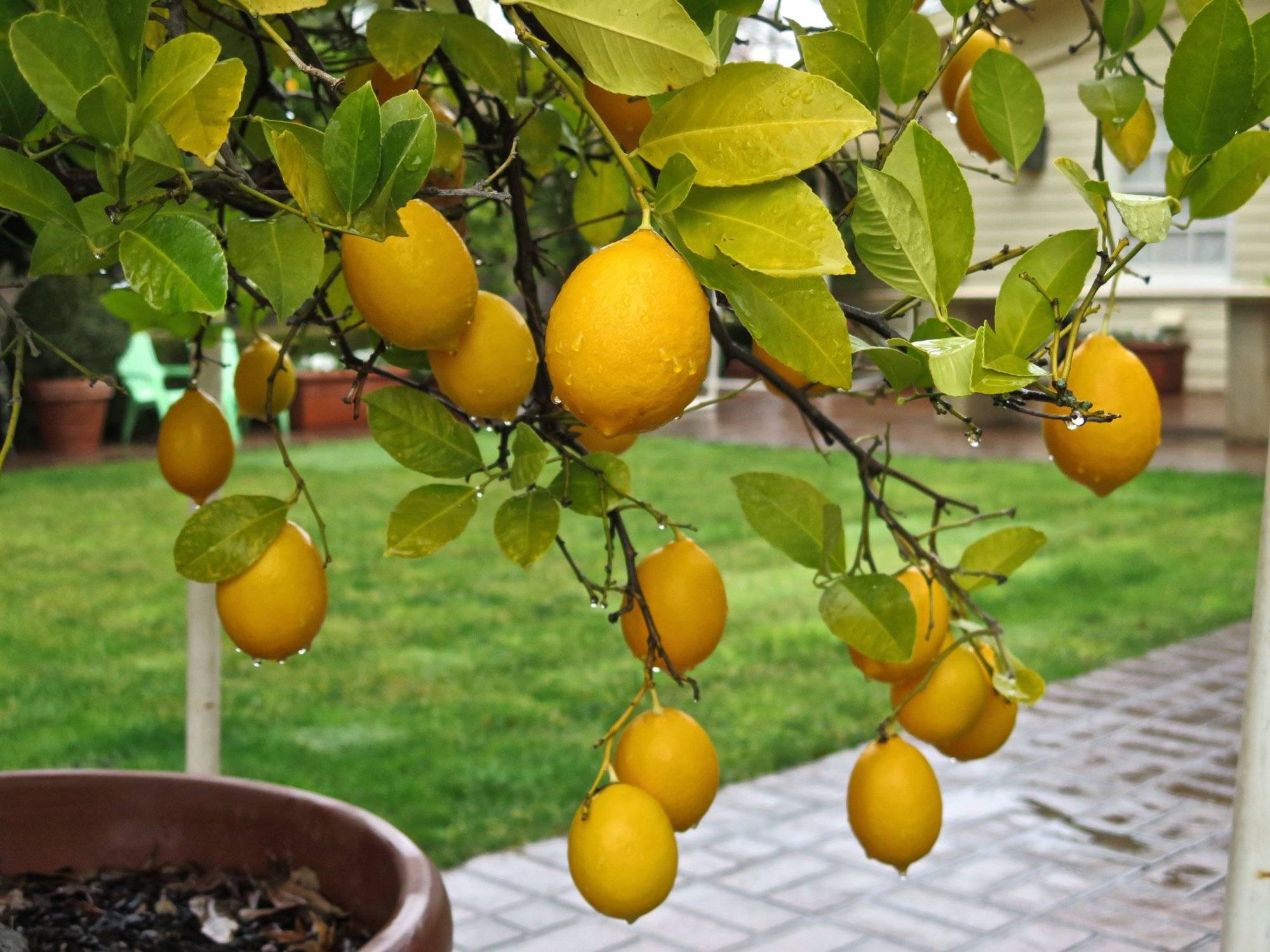
They are usually self-pollinating, but a gentle shake of the branches can encourage pollination and fruit development.
It is essential to prune all fruit trees, including citrus trees. Regular pruning is beneficial as it helps manage the tree’s size and encourages the development of larger fruits. It is advisable to wait until your tree starts flowering before pruning to avoid unintentionally cutting off any potential fruits.
If you’re in a chilly climate, consider moving your lemon tree indoors or to a sheltered spot during the winter months. Frost can be a lemon’s arch-nemesis.
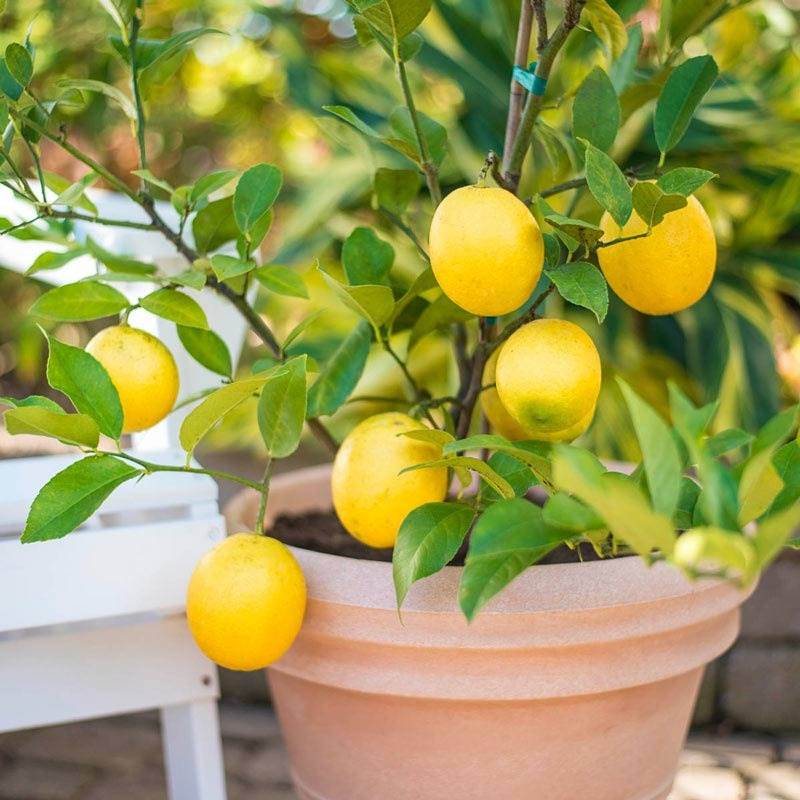
5. Harvesting the Fruits of Your Labor
Lemons take their sweet time to ripen. When the lemons turn fully yellow, give them a gentle twist and you’ve got lemons worthy of lemonade or a zesty marinade.
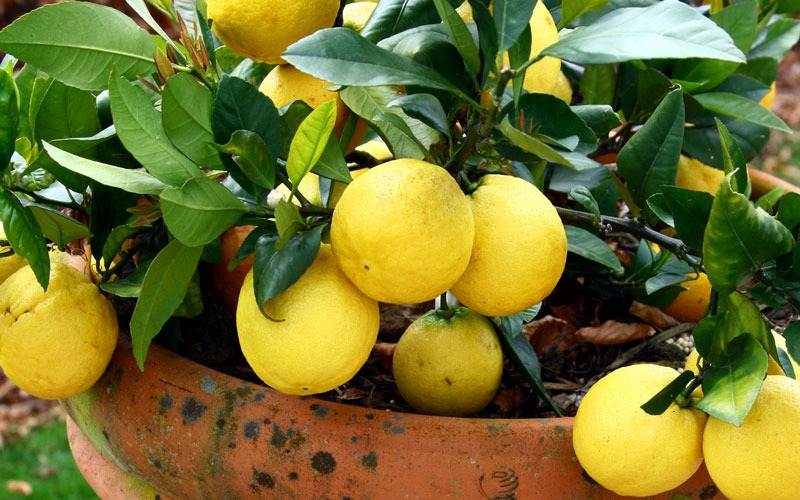
Growing lemons in containers is like having a slice of sunshine right in your backyard. With our advice and your attention, your lemon tree will reward you with the tangy delight of fresh, homegrown lemons.
